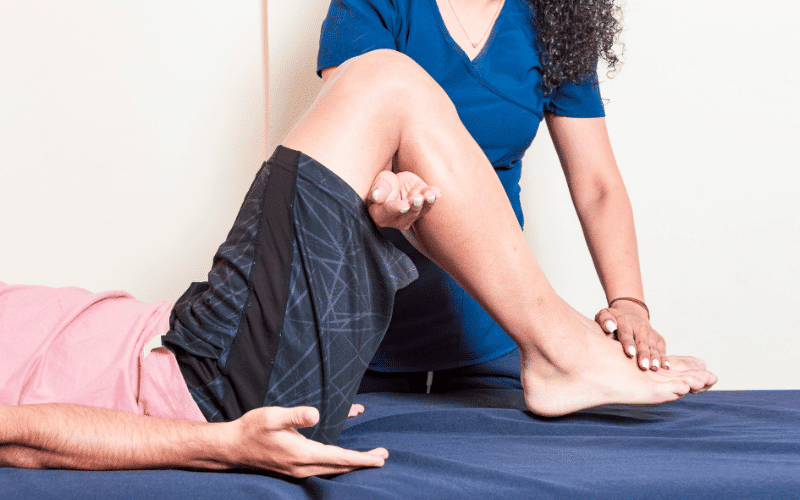2. Bradykinesia: Slowed Movements and Reduced Mobility

Bradykinesia, or slowed movement, is another early sign of Parkinson’s disease. This symptom may present as a general decrease in spontaneous movements, difficulty initiating movement, or a reduction in the speed and amplitude of voluntary movements. Bradykinesia can affect various aspects of daily life, including walking, talking, and performing simple tasks such as buttoning a shirt or brushing one’s teeth.
Initially, bradykinesia may manifest as a subtle change in the way a person walks or moves, with the individual taking smaller steps or shuffling their feet. Over time, these changes can become more pronounced, leading to a noticeable decline in mobility and a higher risk of falls. In addition, individuals with bradykinesia may experience “freezing” episodes, during which they are temporarily unable to move or initiate a new movement. These episodes can be particularly challenging and may contribute to an increased risk of injury.
Bradykinesia is often accompanied by other motor symptoms, such as muscle stiffness or rigidity, which can further impact an individual’s ability to move and perform daily activities. In some cases, bradykinesia can also affect facial expressions, causing a “mask-like” appearance due to reduced movement of the facial muscles. This can make it difficult for others to interpret the person’s emotions and may contribute to social isolation.
It’s important to recognize that bradykinesia can be caused by various factors other than Parkinson’s disease, such as aging, medication side effects, or other neurological conditions. However, if you or a loved one experiences a persistent decline in movement and mobility, it’s essential to consult with a healthcare professional for a thorough evaluation. (2)